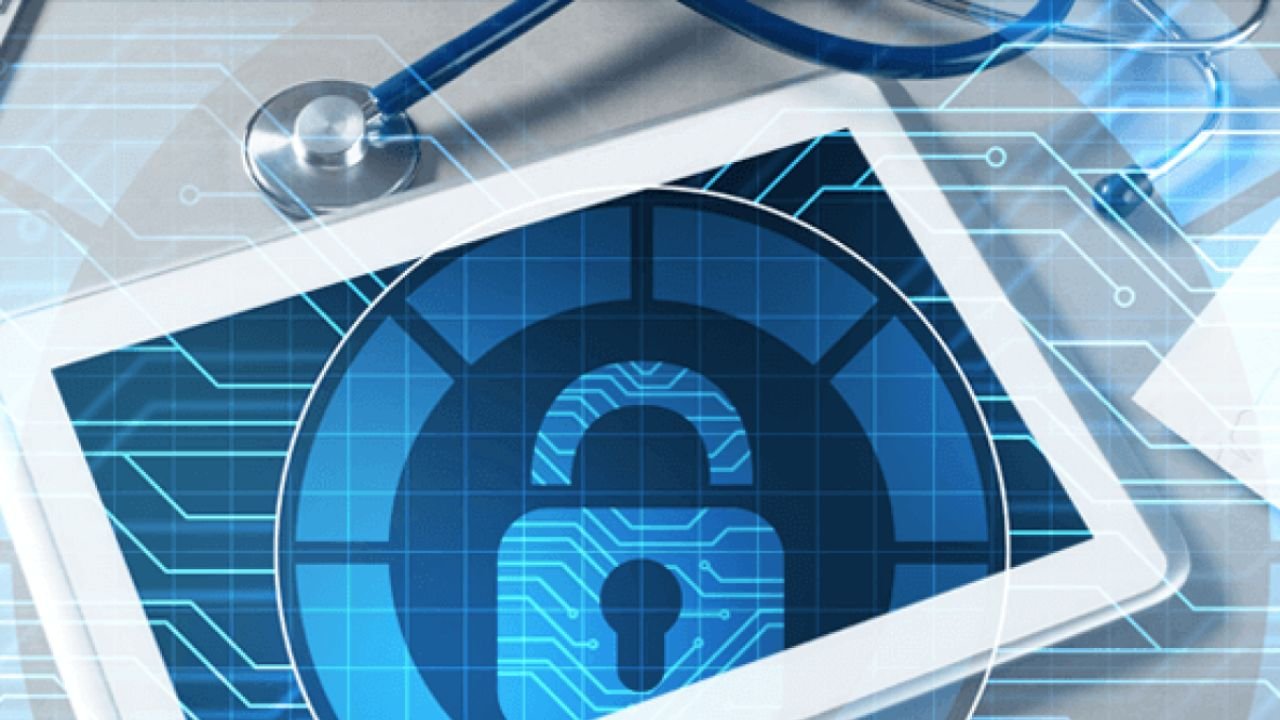Key Takeaways:
- Understanding the unique challenges of cybersecurity in the healthcare sector.
- The vital role that advanced security measures play in protecting patient data.
- Real-world examples of cybersecurity breaches in healthcare.
- Why continuous vigilance and updates are necessary to maintain security.
The Landscape of Healthcare Cybersecurity
The healthcare industry has become a prime target for cyberattacks due to the sensitive nature of the data it handles. Unlike other industries, healthcare deals with protected health information (PHI), which is so valuable that it can fetch a higher price on the dark web than other data types. Maintaining strict healthcare cybersecurity certification protocols is a regulatory necessity and an ethical obligation. By implementing strong security measures, healthcare providers must continually stay ahead of cybercriminals’ evolving tactics. The potential fallout of a breach can range from financial penalties to loss of patient trust, which can be devastating for any institution.
Unique Challenges Faced by Healthcare Providers
One of the unique challenges in healthcare cybersecurity is the diversity and age of the technology used. Many healthcare facilities are vulnerable to attacks because they use antiquated systems without contemporary security capabilities. Even new devices often have vulnerabilities that can be exploited if not properly secured. Physicians and staff might only sometimes be aware of best practices for digital security, further exacerbating the issue. Furthermore, the decentralized nature of healthcare data, spread across various departments and systems, makes comprehensive security management arduous.
Real-world examples of Healthcare Cybersecurity Breaches
Several high-profile cyberattacks have highlighted the significant risks facing the healthcare sector. For instance, the WannaCry ransomware attack in 2017 affected many hospital systems across the globe, causing widespread disruption. The attack crippled thousands of computers and resulted in canceled appointments, delays in patient care, and massive financial losses. According to a report from NCBI, these kinds of breaches can have long-term repercussions on the institutions and the patients they serve. Another notable example is the 2015 Excellus BlueCross BlueShield breach, affecting over 10 million patients and costing the company millions in settlements and remedial measures.
The Financial Implications of Cyberattacks
Cyberattacks threaten patient safety and have severe financial repercussions. A report from the HIMSS mentioned that the cost of a data breach in healthcare is significantly higher compared to other sectors. These financial burdens can result in less funding for patient care, infrastructure, and innovation, thereby impacting the overall quality of healthcare services. Hospitals may face legal fees, regulatory fines, and costs associated with breach notifications and credit monitoring for affected patients, further straining their budgets.
The Role of Advanced Security Measures
To combat these challenges, healthcare institutions must adopt advanced cybersecurity measures. This entails implementing strict vulnerability management policies, endpoint detection and response (EDR) technologies, and security information and event management (SIEM) systems. Regular training sessions for staff regarding phishing attacks and other standard security threats are also essential. Simple practices, such as ensuring that all software is up-to-date and using robust, unique passwords for system access, can bolster security. Additionally, encryption of sensitive data, multi-factor authentication, and continuous network activity monitoring are crucial steps in creating a secure environment.
The Need for Ongoing Vigilance
More than one-time solutions are needed; ongoing vigilance is crucial. Finding vulnerabilities requires regular security audits and risk assessments. Implementing an incident response plan can also help minimize the impact of potential breaches. Healthcare providers must continually adapt to the evolving threat landscape to ensure they are well-protected against both present and future cyber threats. Continuous improvement through feedback mechanisms and adapting to new regulatory standards are essential for maintaining robust cybersecurity protocols.
The Importance of Collaboration
Collaboration among different entities, from healthcare providers to government agencies, is imperative in the fight against cyber threats. Exchanging information about possible threats and weaknesses can facilitate building a more robust healthcare system. Organizations like the Department of Health and Human Services (HHS) provide valuable resources and guidelines to help healthcare providers bolster their cybersecurity efforts. Engaging in public-private partnerships and participating in threat intelligence-sharing platforms can also amplify the effectiveness of cybersecurity strategies.
Concluding Thoughts
It is impossible to exaggerate the significance of cybersecurity in the healthcare industry. Protecting patient data must be the top priority for healthcare organizations due to the rise in frequency and sophistication of cyberattacks. By adopting comprehensive security measures, continuous vigilance, and collaborative efforts, the healthcare industry can safeguard its digital assets and maintain the trust of the patients it serves. Always stay informed, prepared, and ahead of potential threats to ensure that healthcare services remain uninterrupted and secure. Healthcare practitioners should proactively safeguard sensitive data as a duty to society and their patients.











